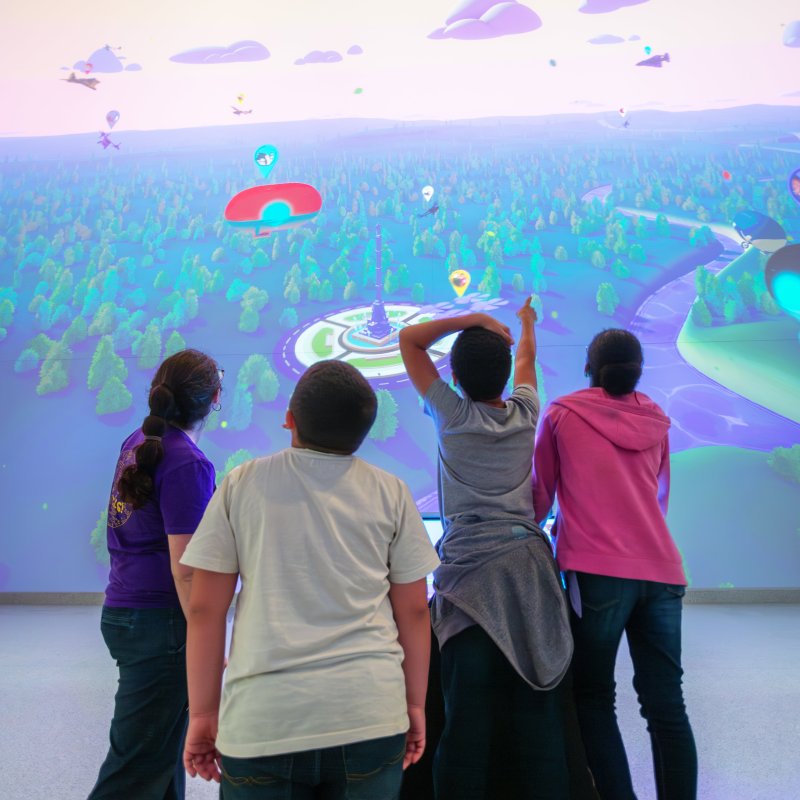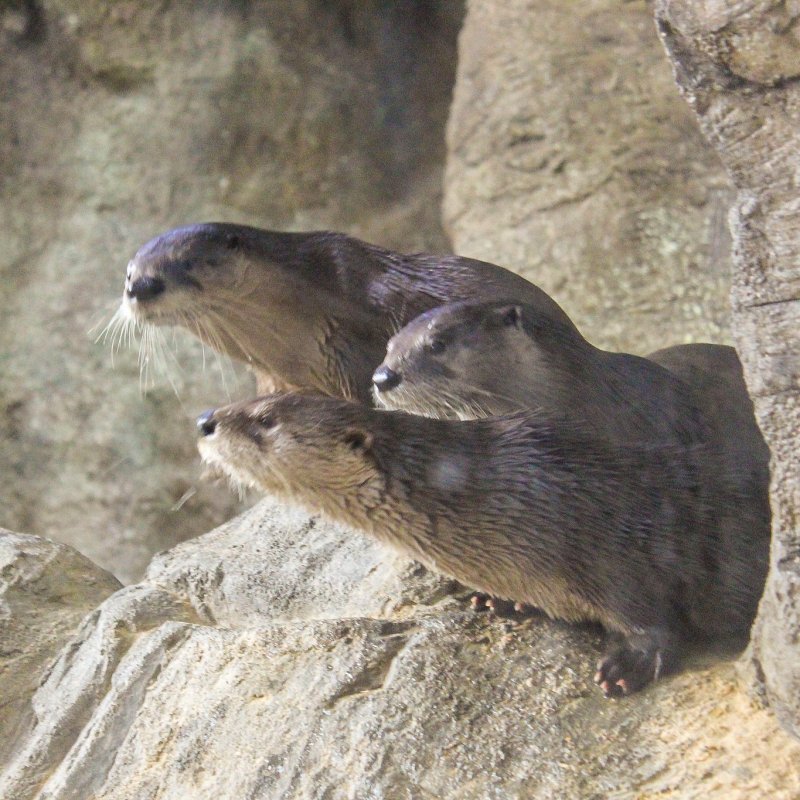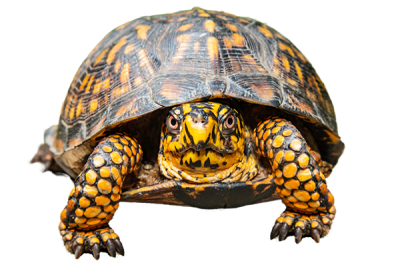
Thank you for visiting us in the Lehigh River Watershed Exhibit at the Da Vinci Science Center, we hope you had a blast learning about nature in our region and what you can do to help conserve it.
Since you voted for one of the actions below on how we can help protect local turtle species, here is some more information on how we all can take action to help their populations!
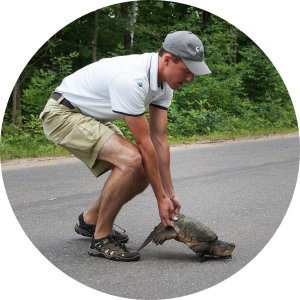
I will help turtles cross roads safely.
Turtles frequently get hit by cars as they are crossing roads in their territories. Since they are slow animals and since many turtles live a long time, they have a hard time adjusting to roads getting busier as decades go by. If you see a turtle crossing a road, you can easily help them make their journey safely. Make sure it is safe to pull over and get out of your car (never try this on a busy highway), and move the turtle across the road in the direction that it is facing (if you move it the opposite way it will simply turn around and cross the road again). Most turtles can be picked up like a hamburger on the sides of the shell, but snapping turtles must be picked up (by adults only) by lifting them by the back of their carapace (top of shell) as in the photo. Never grab a turtle by its tail. Once the turtle is off the road, you can pat yourself on the back, you likely saved its life!
I will help protect turtle habitat by supporting lands trusts like Wildlands Conservancy or the Nature Conservancy.
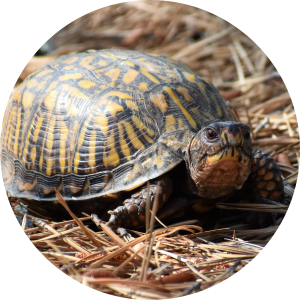
Wildlife can only survive if the habitat it lives in is healthy and preserved. A habitat for an animal refers to the complete set of resources and factors in an animal’s home environment (including plants, soil, other animals, etc.) that allow it to survive, and different species require different habitats. A land trust is an organization that protects natural lands, including many animal habitats. By donating to a land trust, whether it be a local organization like Wildlands Conservancy or global like The Nature Conservancy, you are helping to permanently preserve critical habitats were turtles and many more species can thrive.
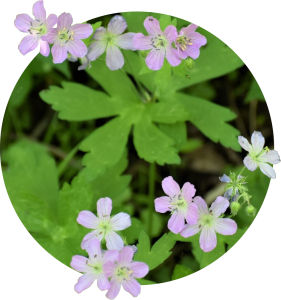
I will plant native plants in my yard.
Did you know that most of the typical plants that we plant in our yards and that are sold at stores are not from our region? Our local wildlife is less likely to use ornamental plants from other parts of the world (like Burning Bush, Forsythia, Marigolds, and many more) for food or shelter. By planting species that are native to our region you are creating food and shelter for turtles and the species that they eat, plus many more species of native wildlife. You are also making your property a more natural part of the ecosystem. When shopping for plants, look for native plant nurseries or try to select only plants that are native to your region. Here is a good resource for finding native plants near you.
I will practice responsible pet ownership by never taking animals out the while and by never releasing my pets.
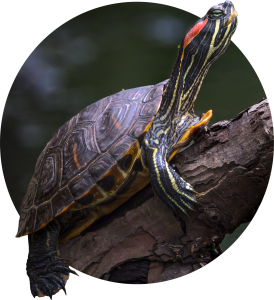
Since turtles are slow, beautiful, interesting animals, people are often tempted to take them home and make them pets. This is not only illegal but is harmful to the ecosystem. Turtles, and all native wildlife are an important piece of their ecosystem, and you should never take a native animal out of the wild to be your pet. Many turtle species (like the Eastern Box Turtles you met) are endangered or threatened due to collection. The turtles that you met were confiscated from poachers by authorities, deemed unable to survive in the wild, and transferred to the Da Vinci Science Center to be used to educate the public about conservation.
Additionally, if you do acquire an exotic pet like a turtle, be sure that you are able to care for it properly for its entire life, and never release pets into the wild. Pets can suffer in the wild if they are introduced to a habitat they are not compatible with, or they can become destructive invasive species. A local example is the Red-eared Slider, an exotic turtle species that has been introduced to our waterways as released pets and is outcompeting species like the Painted and Map Turtles that you saw at the Science Center.
These are just a few of the ways that we can take action to help this and many other animal species.

